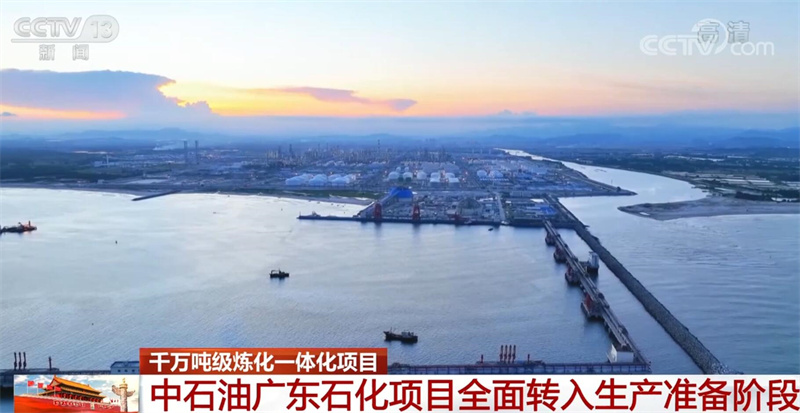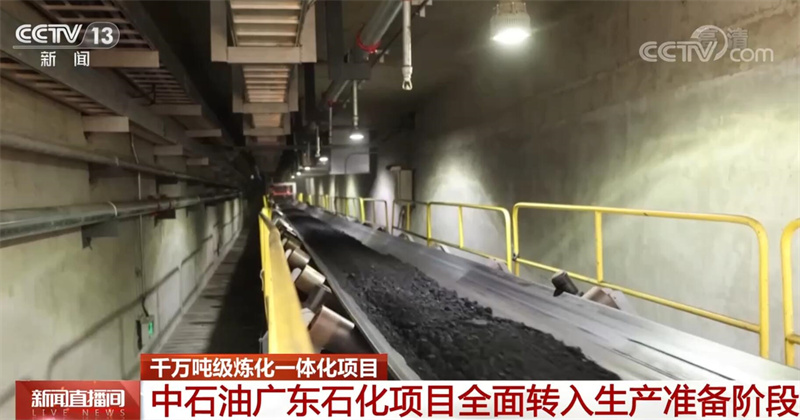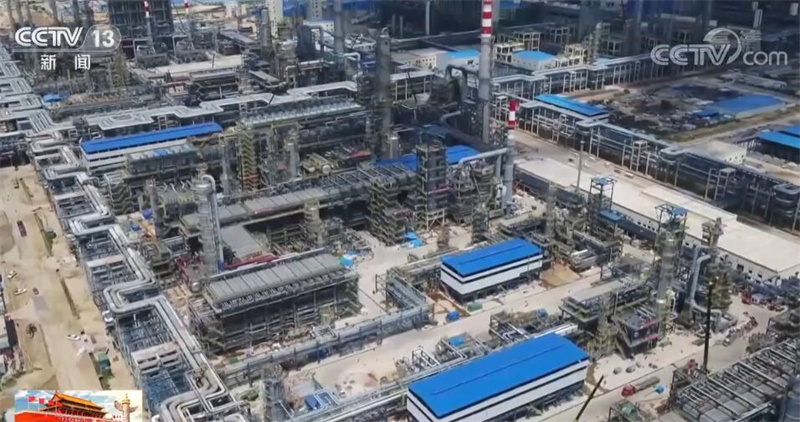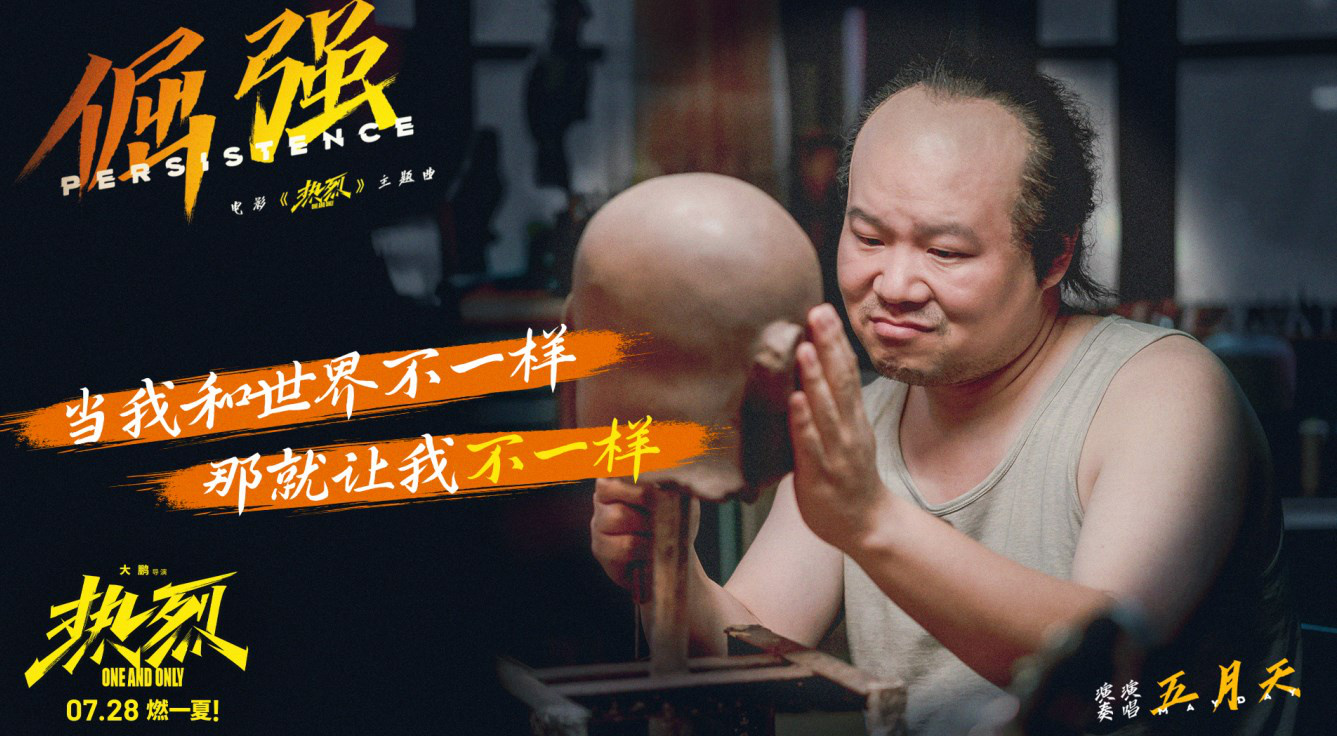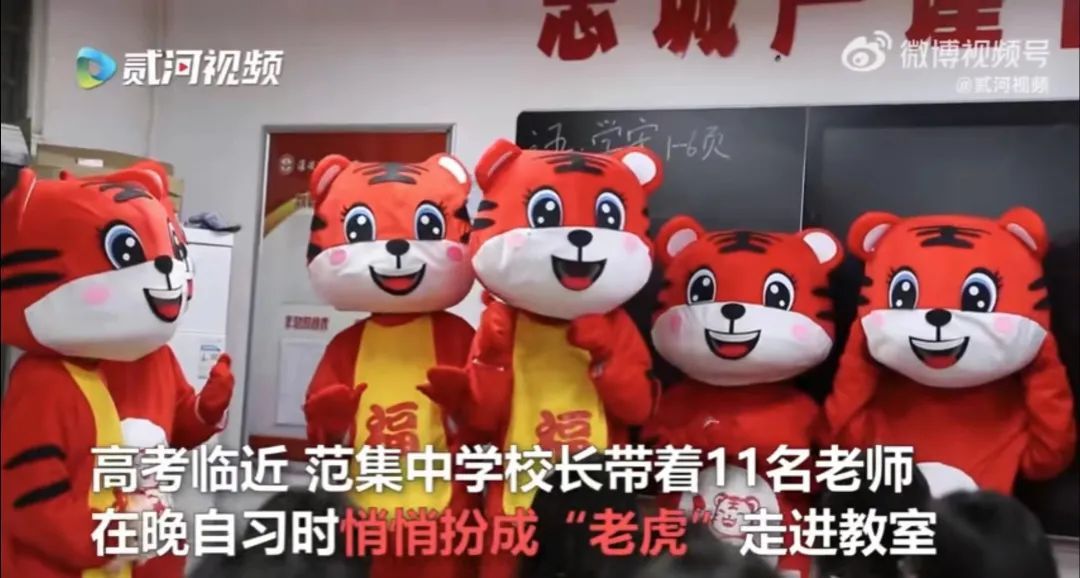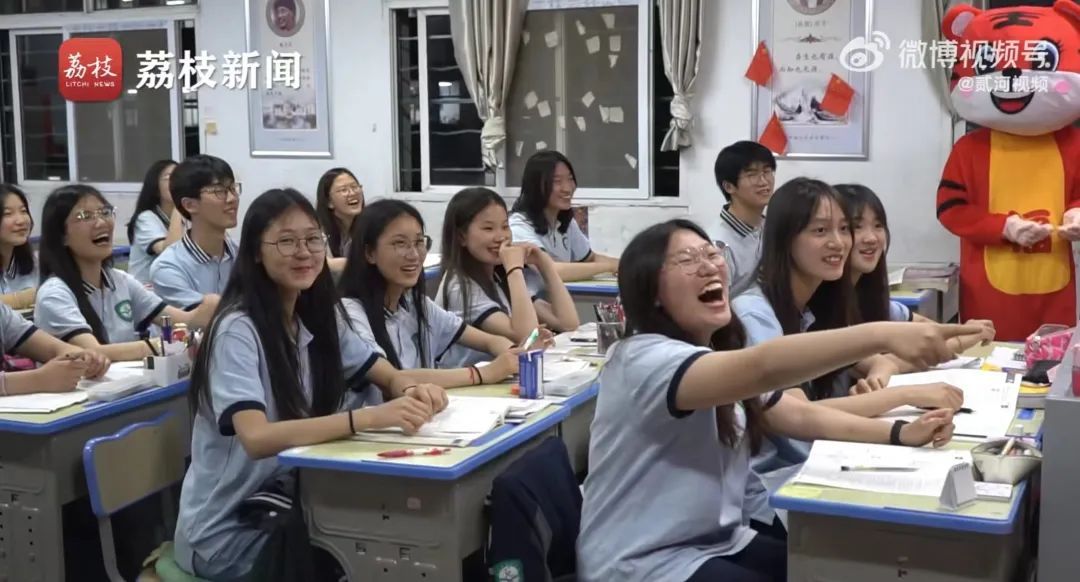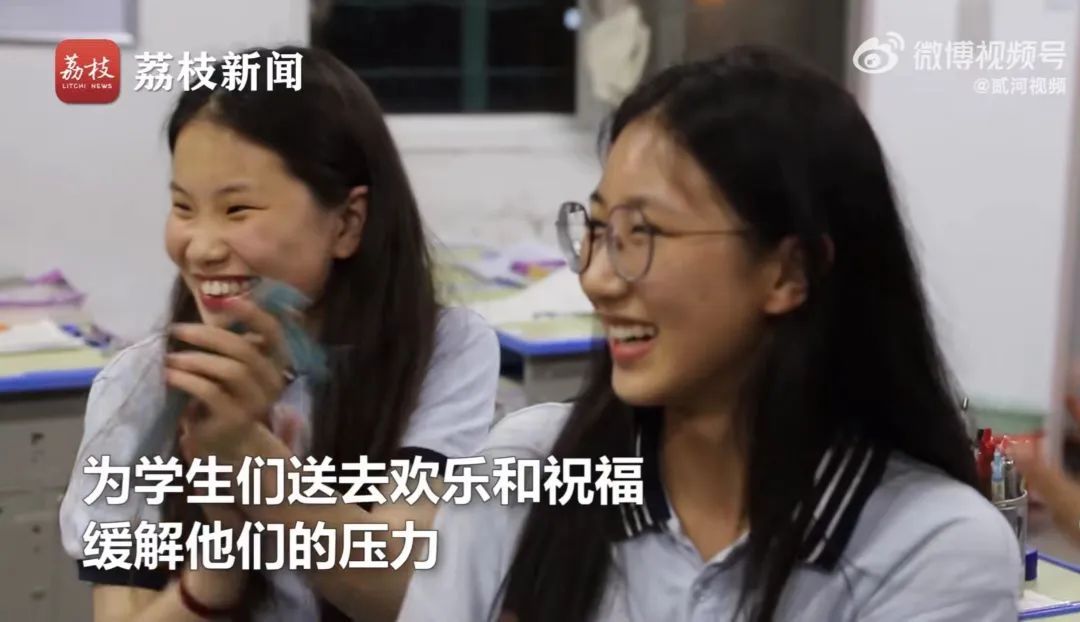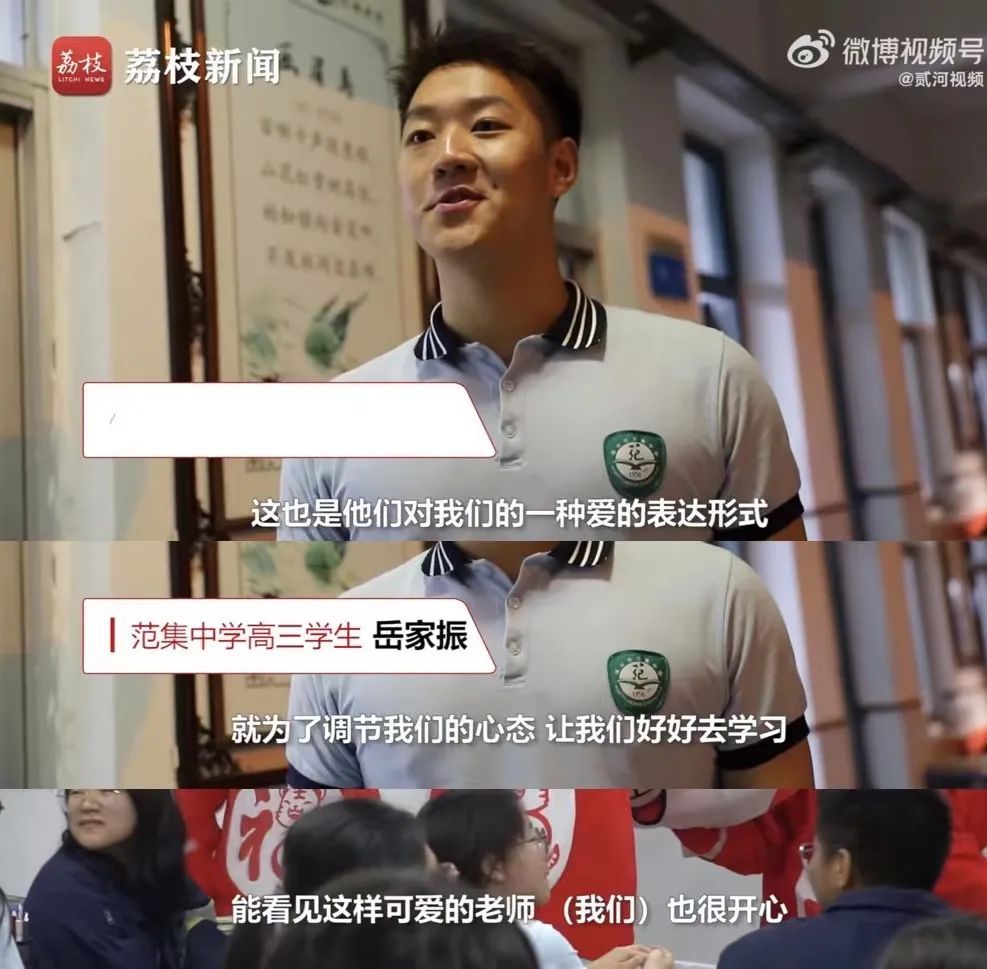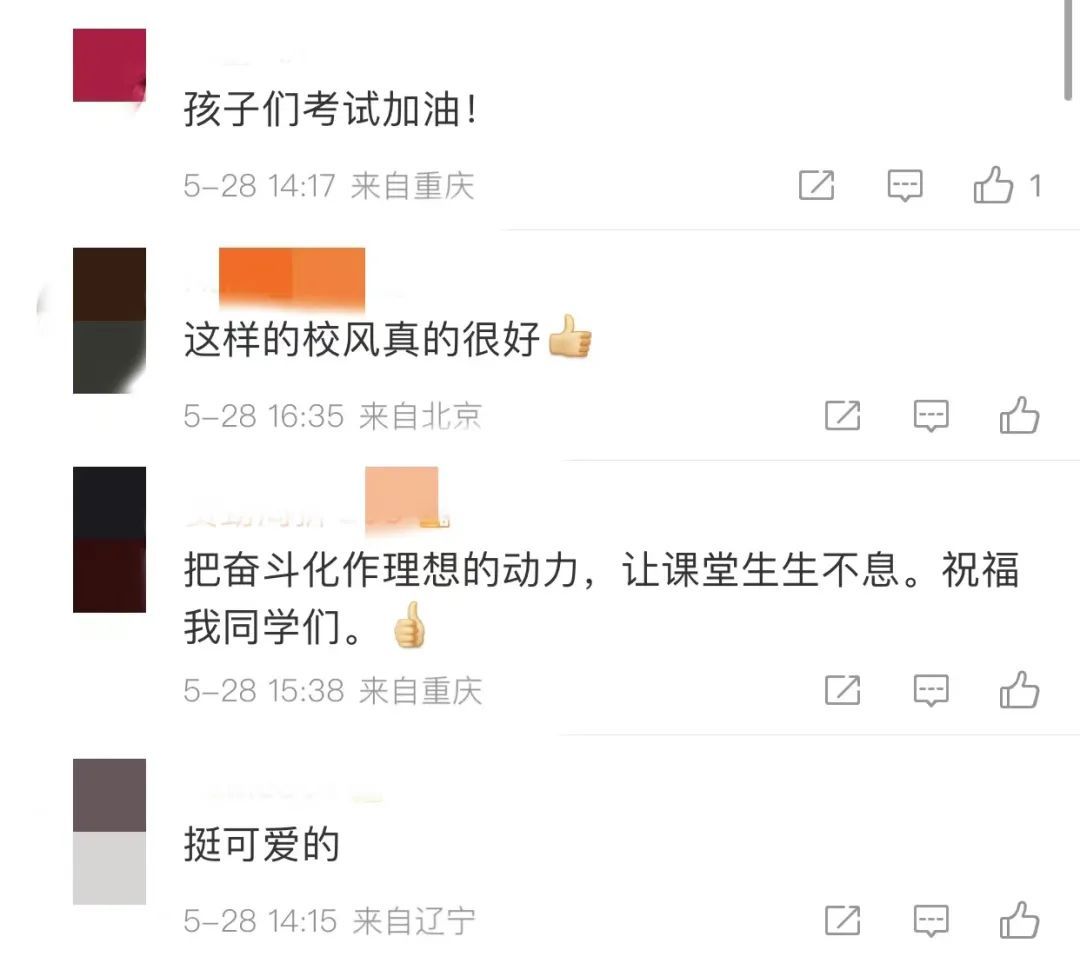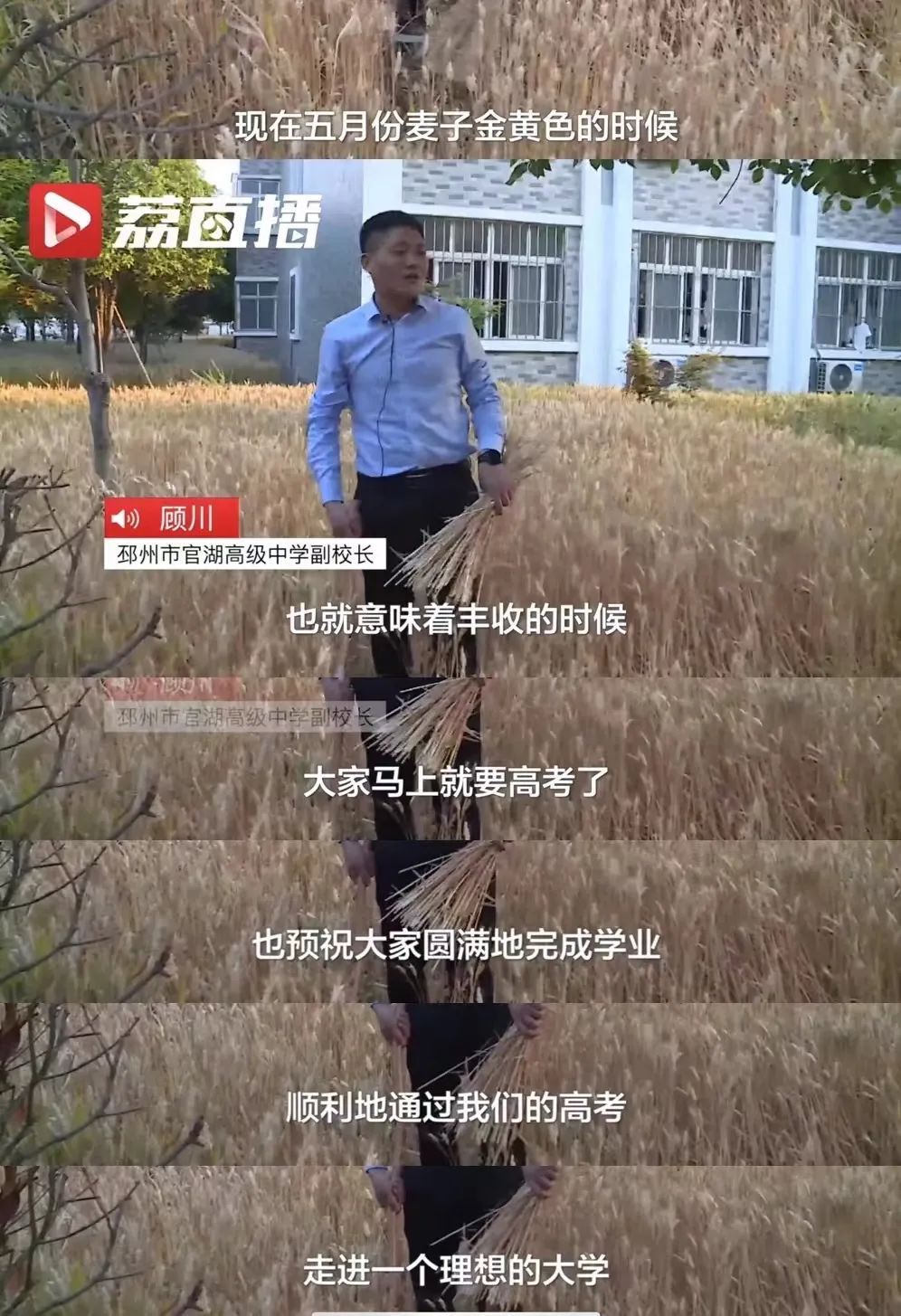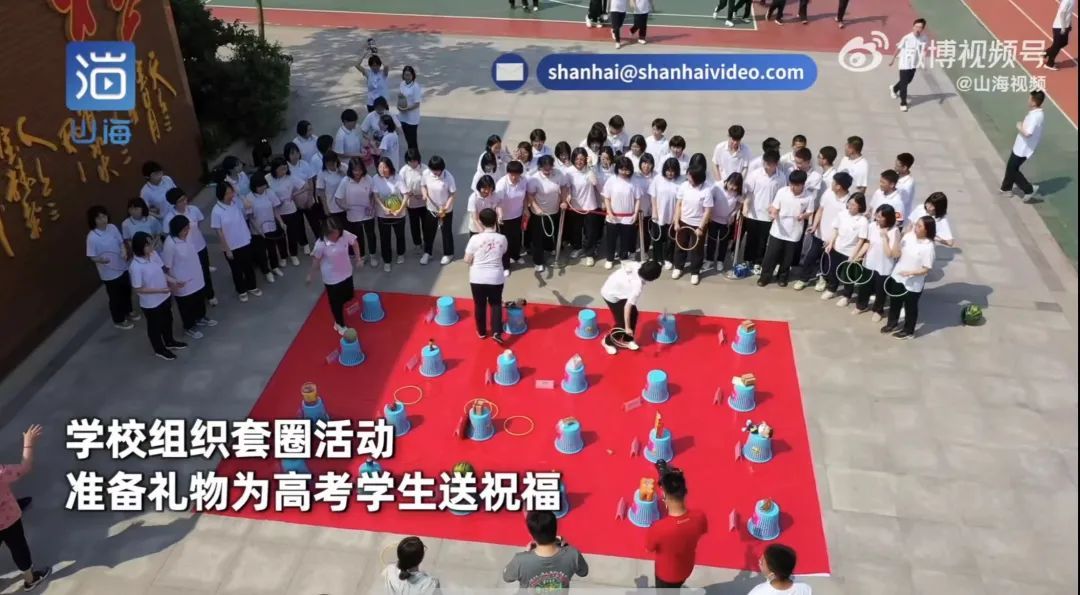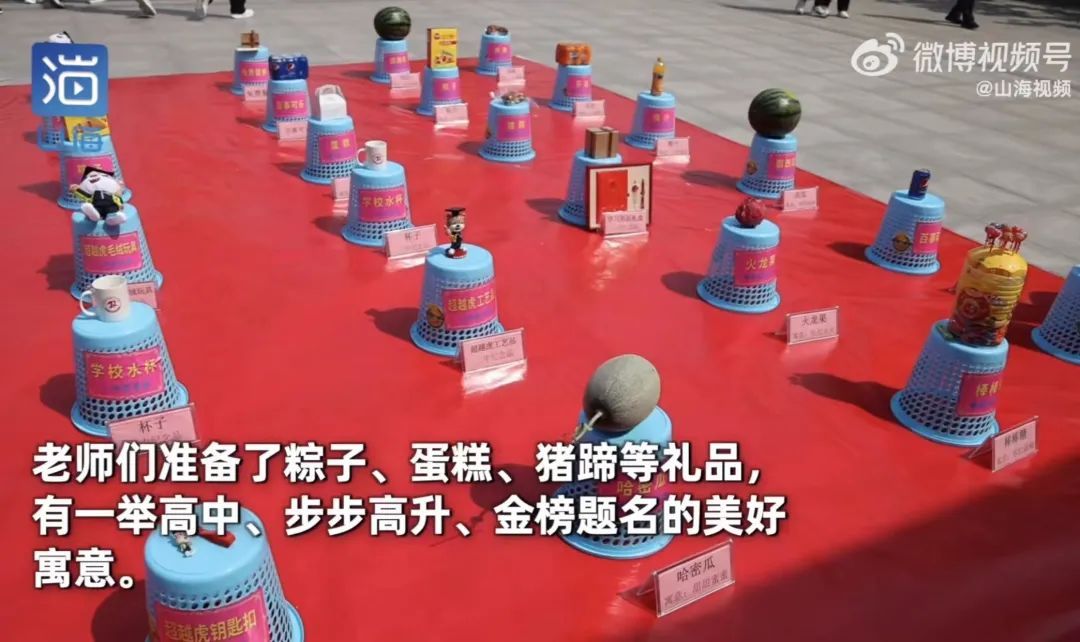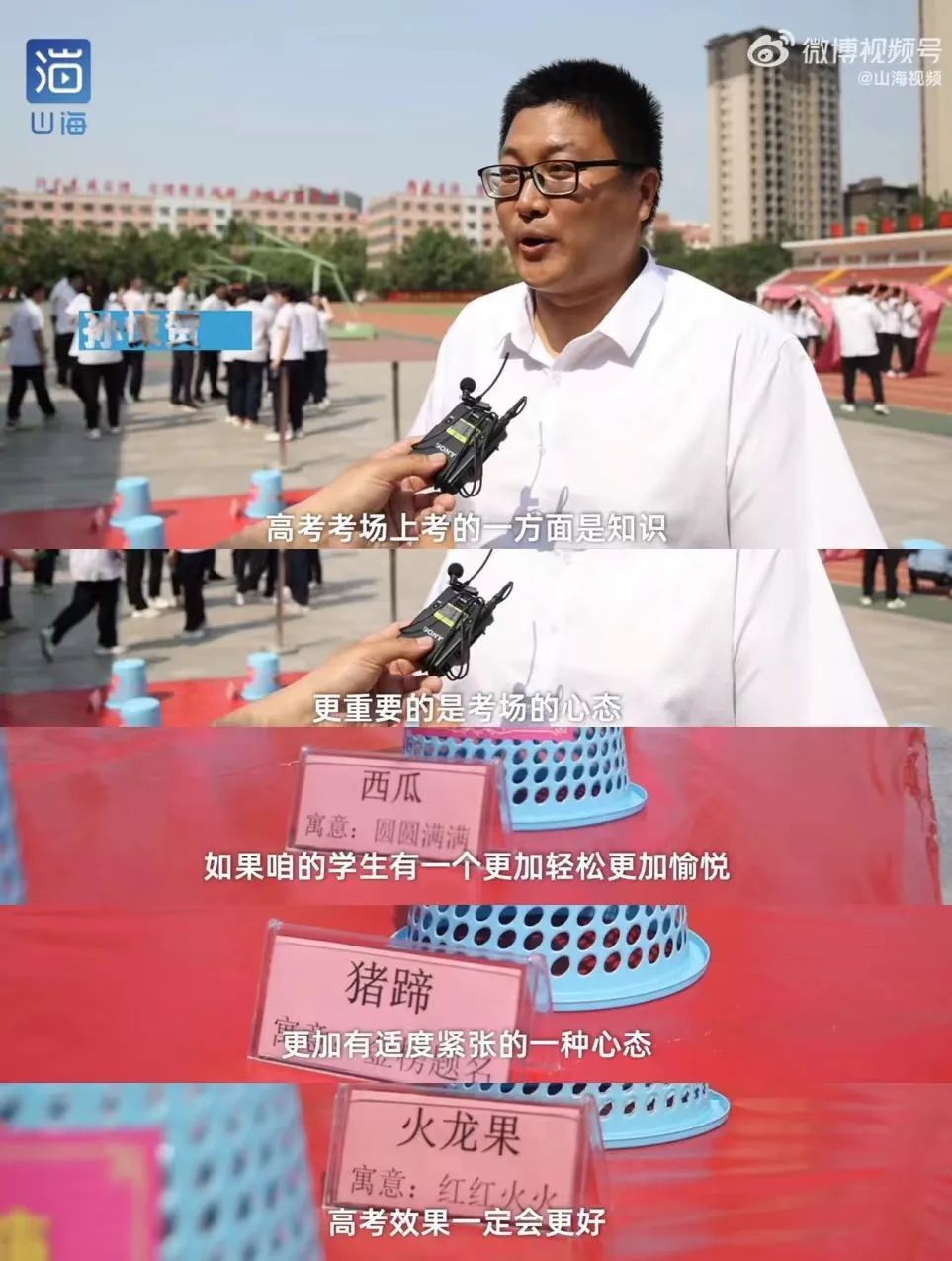CCTV News:According to the website of the State Administration of Market Supervision, the false and illegal advertisements of "magic doctor" and "magic medicine" seriously disrupt the market order, mislead patients to choose treatment plans and medical treatment opportunities, endanger people’s lives and health, and affect social harmony and stability. The General Administration of Market Supervision will "severely crack down on ‘ Imperial doctor ’ ‘ Shenyao ’ As the focus of the "Iron Fist" action of law enforcement in the field of people’s livelihood in 2023, false and illegal advertisements organized local market supervision departments to investigate and deal with a number of cases. Some typical cases are now announced as follows:
1. The Chaoyang District Market Supervision Bureau of Beijing investigated and dealt with the false advertisement case concerning epidemic released by Shanghai targeted advertising communication Co., Ltd. Beijing Branch.
On April 25, 2023, Beijing Chaoyang District Market Supervision Bureau imposed an administrative penalty on the illegal act of publishing false advertisements by Shanghai Targeted Advertising Communication Co., Ltd. Beijing Branch, and imposed a fine of 200,000 yuan.
On January 20, 2023, the Chaoyang District Market Supervision Bureau conducted an on-site inspection and found that the Beijing branch of Shanghai Targeted Advertising Communication Co., Ltd. released an AOE air disinfection machine advertisement through a billboard in the elevator, and the contents of the advertisement were suspected to be false. After investigation, from January to February 2023, the advertisements involved in the case published by the parties were marked "Afraid of Yang! Afraid of the sun again! Use AOE air disinfection machine "and" actively kill 99.99% Covid-19 in the air "and other contents. There are three models of AOE brand air disinfection machine advertised (Y-SP1201, Y-SP1202 and Y-SB9101). The simulated field test of the killing effect of the whole machine on Covid-19 (SARS-CoV-2) in the air was not carried out according to the requirements of Technical Specification for Disinfection (2002 edition). According to the test report provided by the parties concerned, the Y-SP1201 machine can kill "Hcov-229E" in the air, and its killing effect on Covid-19 (SARS-CoV-2) in the air cannot be determined. The behavior of the party concerned violated the provisions of Paragraph 1 and Paragraph 2 (2) of Article 28 of People’s Republic of China (PRC) Advertising Law, and Chaoyang District Market Supervision Bureau imposed administrative punishment on the party concerned according to law.
At present, there are various advertisements about disinfection products in the market, some of which are even false, misleading consumers to buy and use, causing market chaos. The investigation and punishment of this case has played a deterrent and warning role to relevant illegal acts, further standardized the behavior of operators, maintained the market order in disinfection products, and protected the legitimate rights and interests of consumers.
II. The Market Supervision Bureau of Jing ‘an District of Shanghai investigated and dealt with the case of illegal advertisement issued by Weining Keying Technology (Shanghai) Co., Ltd.
On August 7, 2023, Shanghai Jing ‘an District Market Supervision Bureau imposed an administrative penalty on Weining Keying Technology (Shanghai) Co., Ltd. for its illegal acts of claiming disease prevention and treatment functions in health food advertisements, and fined 100,000 yuan.
On March 28th, 2023, Jing ‘an District Market Supervision Bureau received a report that the advertisement of health food published by Weining Keying Technology (Shanghai) Co., Ltd. on the Internet was suspected of being illegal. After investigation, from February 19, 2019 to March 28, 2023, the parties published "Yin and Yang Complement, Human ‘ Xiancao ’ Why is it so clever? The CCTV channel said this "advertisement, which contains" Dr. Dong brand Sanhe broken ganoderma lucidum spore powder capsule for liver cancer, stomach cancer and lung cancer; Uterine fibroids, ovarian cysts, breast hyperplasia, prostate cancer, brain cancer, lymphoma and other cancers have unique functions … … Strengthening the body resistance, tonifying the kidney and strengthening the body, strengthening immunity, comprehensively conditioning, preventing and treating diseases, etc. From November 23, 2018 to March 28, 2023, the parties posted an advertisement "The maintenance secrets of actresses are here" through the Internet, including "Taohuaji brand Ejiao walnut cake to regulate menstruation and prevent miscarriage … … Yangshengtang brand natural vitamin E soft capsules can increase the concentration of estrogen in women and play a role in preventing abortion. Dr. Dong Sanhe Broken Ganoderma Spore Powder Capsule, Taohuaji Ejiao Walnut Cake and Yangshengtang Natural Vitamin E Soft Capsule involved in the above advertisements are all health foods, but they claim to have disease prevention and treatment functions.The behavior of the party concerned violated the provisions of Item (2) of Paragraph 1 of Article 18 of the Advertising Law of People’s Republic of China (PRC), and the Jing ‘an District Market Supervision Bureau imposed an administrative penalty on the party concerned according to law.
In this case, in order to expand marketing, unscrupulous merchants swindled the trust of the target group in advertisements under the guise of "CCTV channel, actresses", packaged health food as a "panacea", publicized the effect far beyond the health care function of the product, and greatly exaggerated the curative effect, confusing the functions of drugs and health food. Consumers fell into the false trap of "magic medicine" and "magic medicine" without paying attention, and should be punished according to law.
3. The Market Supervision Bureau of Suzhou Industrial Park in Jiangsu Province investigated and dealt with the case of Suzhou Tongzhou E-Commerce Co., Ltd. publishing false and illegal advertisements.
On August 16, 2023, the Market Supervision Bureau of Suzhou Industrial Park in Jiangsu Province imposed an administrative penalty on Suzhou Tongzhou E-Commerce Co., Ltd. for publishing false advertisements and claiming the efficacy of health care and disease treatment in ordinary food advertisements, and fined 200,000 yuan.
On November 14th, 2022, the Market Supervision Bureau of the Industrial Park found in the advertisement monitoring that Suzhou Tongzhou E-Commerce Co., Ltd. promoted the contents of "supporting heart health", "protecting blood sugar health" and "lung kinetic energy tablets" when selling products on an e-commerce platform, and was suspected of publishing false advertisements. After investigation, the parties concerned sold ordinary goods and failed to provide the corresponding basis for the above publicity. The survey also found that from April 2018 to December 2019, the parties sold the female uterus and ovary care essence, coenzyme Q10, HVP hydrolyzed protein chromium chelate, lung health, melatonin, arginine, resveratrol and other seven commodities through cross-border e-commerce on an e-commerce platform, and the related foods were not registered or filed as health foods in China. They were ordinary commodities, but the parties claimed that they had the functions of improving sleep and relieving physical fatigue, and highlighted the publicity. Jing ’ Force ""‘ Jing ’ Strong "and so on. At the same time, the parties can’t provide relevant supporting materials for the contents such as "adjusting menstruation, staying away from palpitations, adjusting blood sugar, cleaning lung slices, whitening, and selling 500,000+bottles in the whole network". The behavior of the party concerned violates the provisions of Article 17 and Item (2) of Paragraph 1 and Paragraph 2 of Article 28 of the Advertising Law of People’s Republic of China (PRC).The industrial park market supervision bureau shall impose administrative penalties on the parties according to law.
In this case, the parties sell ordinary food through cross-border e-commerce, knowing that they do not have the functions of related health food and disease treatment, but they embed relevant illegal terms in the pictures in an attempt to bypass the crackdown by the regulatory authorities, highlight the functions of a certain component of the product in the publicity, and use exaggerated and implied methods to mislead consumers. The timely investigation and punishment by the market supervision department plays a certain educational and warning role in preventing fraud and inducing consumption.
4. The Market Supervision Bureau of Haining City, Zhejiang Province investigated and dealt with the case of Xiaojiang Food Store in Haizhou Street, Haining City publishing false advertisements.
On March 21st, 2023, the Market Supervision Bureau of Haining City, Zhejiang Province imposed an administrative penalty on Xiaojiang Food Store in Haizhou Street, Haining City for publishing false advertisements and fined 125,000 yuan.
On November 11, 2022, the law enforcement officers of Haining Municipal Market Supervision Bureau found that Xiaojiang Food Store in Haizhou Street of Haining City carried out community solitaire business activities on the Internet and published advertisements through small programs. After investigation, since the middle and late December of 2021, the parties have published commodity information through the Internet and sold commodities by group purchase, and edited and published "Big Brother in Ice Powder Industry — — The most classic brown sugar rose ice powder ","Eight-up ice cream network minimum spike group "and" European pharmacies have sold the most recognized lip balm in Europe for 8 consecutive years ",and the product details include" blueberry lutein ester soft candy, which can not only prevent eye fatigue … … You can also improve your eyesight … … The medicine can effectively prevent eyeball aging, strengthen the elasticity of lacrimal gland, supplement rhodopsin necessary for retina, and improve vision; The medicine can also delay the aging of brain nerve, enhance memory and prevent senile dementia … …” "The original name of ginseng fruit is melon eggplant … … Therefore, ginseng fruit has the functions of anti-cancer, anti-aging, lowering blood pressure, lowering blood sugar, diminishing inflammation, supplementing calcium, beautifying and so on. The parties concerned cannot provide sufficient proof for the above advertisements. It is also found that,There is no label on the outer packaging of the food such as great duck and willow dumplings sold by the parties. The behavior of the party concerned violated the provisions of Item (11) of Article 34 of People’s Republic of China (PRC) Food Safety Law and Article 4 of People’s Republic of China (PRC) Advertising Law, and Haining Market Supervision Bureau imposed administrative punishment on the party concerned according to law.
"Community group buying" has become a new advertising position after traditional social media and online media. Advertising is arbitrary and editable, and publishing false advertisements in the form of WeChat Solitaire is hidden and potentially harmful. In this case, the operator made a fictitious exaggeration about ordinary food with the functions of disease prevention and treatment, and induced consumers to buy it. The investigation of this case shows that "community group buying" is illegal.
5. The Market Supervision Bureau of Heze City, Shandong Province investigated and dealt with the illegal advertising case issued by chengwu People’s Hospital.
On September 25th, 2023, the Market Supervision Bureau of Heze City, Shandong Province imposed an administrative penalty on chengwu People’s Hospital for publishing illegal advertisements and fined it 260,000 yuan.
In March 2023, according to reports from the masses, Heze Municipal Market Supervision Bureau found that chengwu People’s Hospital released a video advertisement on "Long-term anti-aging and wrinkle-removing injection projects such as Botulinum Toxin A" through the Internet media, and advertised the toxic drugs for injection. In addition, the parties concerned released medical beauty advertisements such as "Medical Beauty Department of chengwu People’s Hospital Escort Health and Beauty", "Black Gold Super Photon DPL Photon Rejuvenation" and "Hot Latitude" without being examined by the advertising examination organ and obtaining the Medical Advertisement Examination Certificate according to law, and used the names and images of patients and health technicians as proof in the advertisements. The above actions of the parties violate the provisions of the first paragraph of Article 15, the fourth paragraph of Article 16 and Article 46 of the Advertising Law of People’s Republic of China (PRC). Heze Municipal Market Supervision Bureau imposed administrative penalties on the parties according to law.
Publishing illegal advertisements for medical beauty has brought serious hidden dangers to the physical and mental health of the public. Market supervision departments continue to focus on rectifying the chaos of medical beauty advertisements, effectively regulate the order of the advertising market, and protect the legitimate rights and interests of the people.
Six, Jiyuan City, Henan Province Market Supervision Bureau investigated and dealt with Jiyuan Yuanquan Biological Products Co., Ltd. to publish false advertisements.
On February 22, 2023, Jiyuan Market Supervision Bureau of Henan Province imposed an administrative penalty on Jiyuan Yuanquan Biological Products Co., Ltd. for publishing false advertisements and fined it 200,000 yuan.
On November 17th, 2022, Jiyuan Market Supervision Bureau found that Jiyuan Yuanquan Biological Products Co., Ltd. advertised on a website that "we are a specialized enterprise mainly engaged in research and development, production, sales and technical services of health food", "more than 60 health food approvals", "15,000 square meters factory area" and "100 people+company employees". After investigation, the party concerned is an enterprise that produces ordinary food, and the permitted categories of its food production license are candy products and drinks, and it has not obtained any health food production license; The workshop area is 6458.15m2, and the company has more than 10 employees. The behavior of the party concerned violated the first paragraph of Article 4 of the Advertising Law of People’s Republic of China (PRC), and Jiyuan Municipal Market Supervision Bureau imposed administrative punishment on the party concerned according to law.
In this case, the parties claimed to be engaged in research and development, production, sales and technical services of health food and functional food without obtaining any production license, and at the same time exaggerated the factory area and the number of employees, which was inconsistent with the reality and seriously misled consumers. The market supervision department will continue to intensify the rectification of false propaganda and other chaos in online marketing to promote the healthy development of the network economy.
Seven, Tianhe District Market Supervision Bureau of Guangzhou City, Guangdong Province investigated and dealt with the illegal advertising case released by Guangzhou Gaode Branch of Shenzhen Concentrated Beauty Co., Ltd.
On May 16th, 2023, Tianhe District Market Supervision Bureau of Guangzhou City, Guangdong Province imposed an administrative penalty on Guangzhou Gaode Branch of Shenzhen Concentrated Beauty Co., Ltd. for publishing illegal advertisements and fined 100,000 yuan.
On February 10, 2023, Tianhe District Market Supervision Bureau found that Guangzhou Gaode Branch of Shenzhen Concentrated Beauty Co., Ltd. released the advertisement tweet of "360-eye bag gun" through the Internet on November 29, 2022, and the content contained guaranteed terms indicating efficacy. After investigation, the "360-eye bag gun" promoted by the party concerned is actually a registered "high-frequency therapeutic instrument" of British Industry Co., Ltd., which is a medical device. The advertisement tweet contains "comprehensively solving the three major problems of skin around the eyes" and so on, which belongs to the act of publishing advertisements of medical devices with assertions or guarantees indicating efficacy and safety, and the party concerned has not obtained the Examination Certificate of Medical Device Advertisements. The behavior of the parties violated the provisions of Article 16, Paragraph 1 (1) and Article 46 of the Advertising Law of People’s Republic of China (PRC), and Tianhe District Market Supervision Bureau imposed administrative punishment on the parties according to law.
In recent years, the market share of life beauty service is increasing day by day, its market entry threshold is low, and the number of business entities is growing rapidly. At the same time, advertising violations of life beauty institutions occur frequently, which easily mislead consumers and endanger the vital interests of the people. The investigation and handling of this case is conducive to rectifying the chaos in the medical and beauty industry and standardizing the business order of the life and beauty industry.
8. The Market Supervision Bureau of Xinjin District, Chengdu, Sichuan Province investigated and dealt with the case of Sichuan Xinruixiang Health Management Co., Ltd. publishing false and illegal advertisements.
On June 26, 2023, the Market Supervision Bureau of Xinjin District, Chengdu, Sichuan Province imposed an administrative penalty on Sichuan Xinruixiang Health Management Co., Ltd. for publishing false advertisements, claiming disease treatment functions and using medical terms in cosmetics advertisements, and fined 550,000 yuan.
In October, 2022, Xinjin District Market Supervision Bureau received a complaint and reported that Sichuan Xinruixiang Health Management Co., Ltd. was suspected of publishing false advertisements, and at the same time, an advertisement in disinfection products it sold claimed to have the efficacy of disease treatment. After investigation, since 2022, the parties have sold cosmetics "Gankangyuan Activation Essence" and disinfection products "Gankangyuan Brand Repair Gel" through self-built websites, apps and small programs, and declared "traditional Chinese medicine therapy … … Effective treatment and prevention of acne, psoriasis, allergies and other malignant skin diseases ",and declared that" deep detoxification, activation of cells … … Accelerate blood circulation around eyes, reduce bags under eyes, and improve dark circles. It claims that "Gankangyuan brand repair gel" has "product functions: rejuvenation, anti-aging, firming skin, helping sleep, detoxifying and losing weight, regulating hormone balance in the body, increasing sexual desire, improving joints", "Small position and great effect" and "no need for injection and medicine, no need for massage, just apply the repair gel to the wrist!" “Component HGH has ten functions: 1. It can make every organ of the body grow again; 2. Enhance the immunity of the body … … 5. Eliminate wrinkles and keep the skin fine and smooth … … 8. Reduce blood lipid and cholesterol; 9. Regenerate hair, blacken white hair, improve hair quality and reduce hair loss; 10. Enhance bone density, prevent osteoporosis and prevent senile fractures. "The behavior of the parties violated the provisions of the first paragraph of Article 4 and Article 17 of the Advertising Law of People’s Republic of China (PRC), and the Xinjin District Market Supervision Bureau imposed administrative penalties on the parties according to law.
In this case, the parties packaged ordinary cosmetics and disinfection products into "magic drugs" in advertisements, and sent wrong information to consumers, which may delay the best treatment time of patients and seriously damage the legitimate rights and interests of consumers. According to the nature, circumstances and social harm of the illegal acts of the parties, the market supervision department punished them according to laws and regulations, which effectively cracked down on illegal acts, safeguarded the rights and interests of consumers and standardized the market order.
